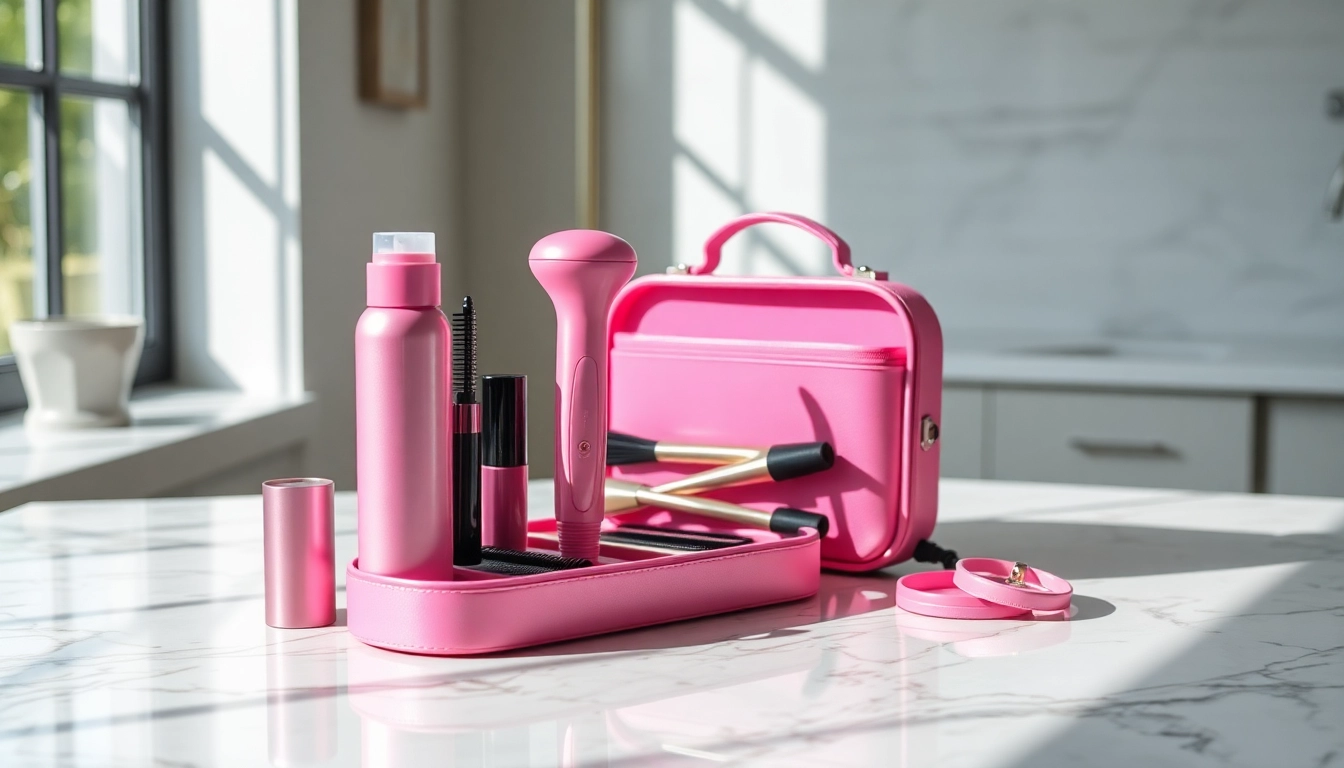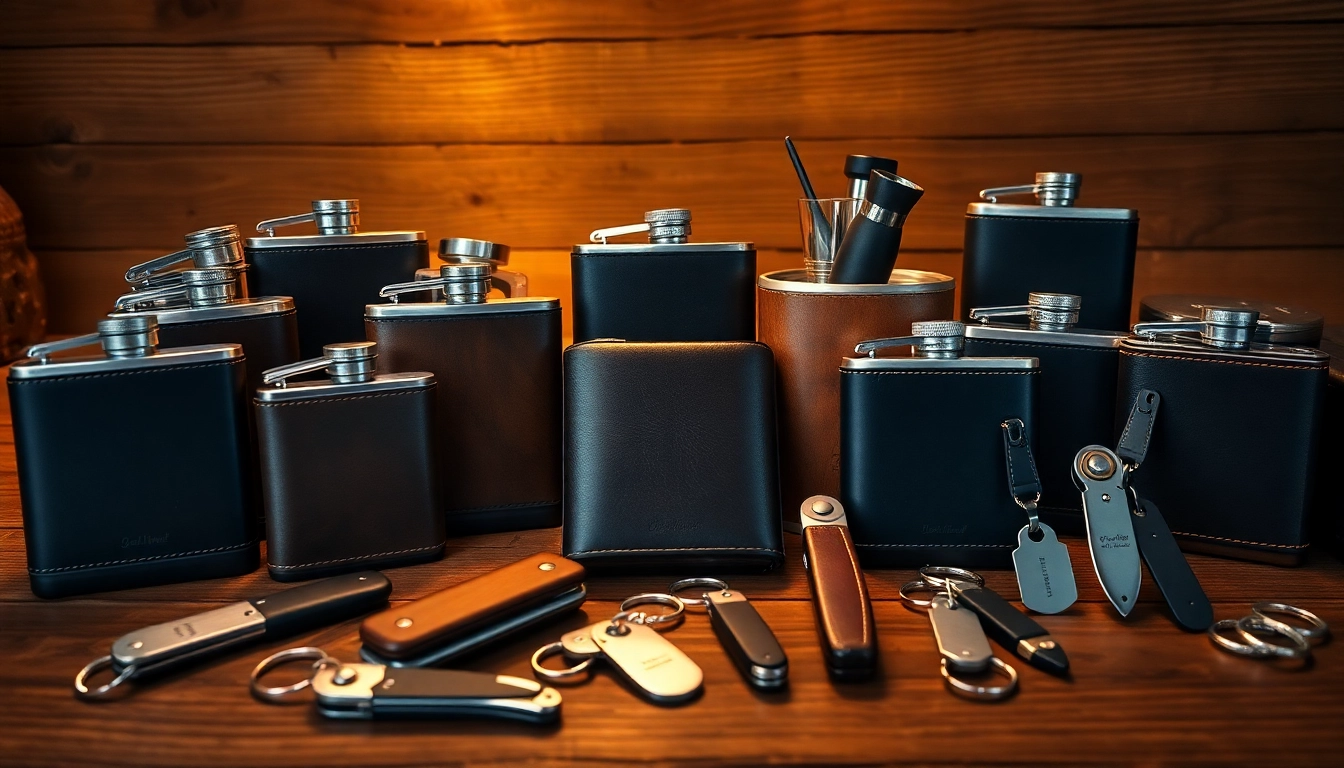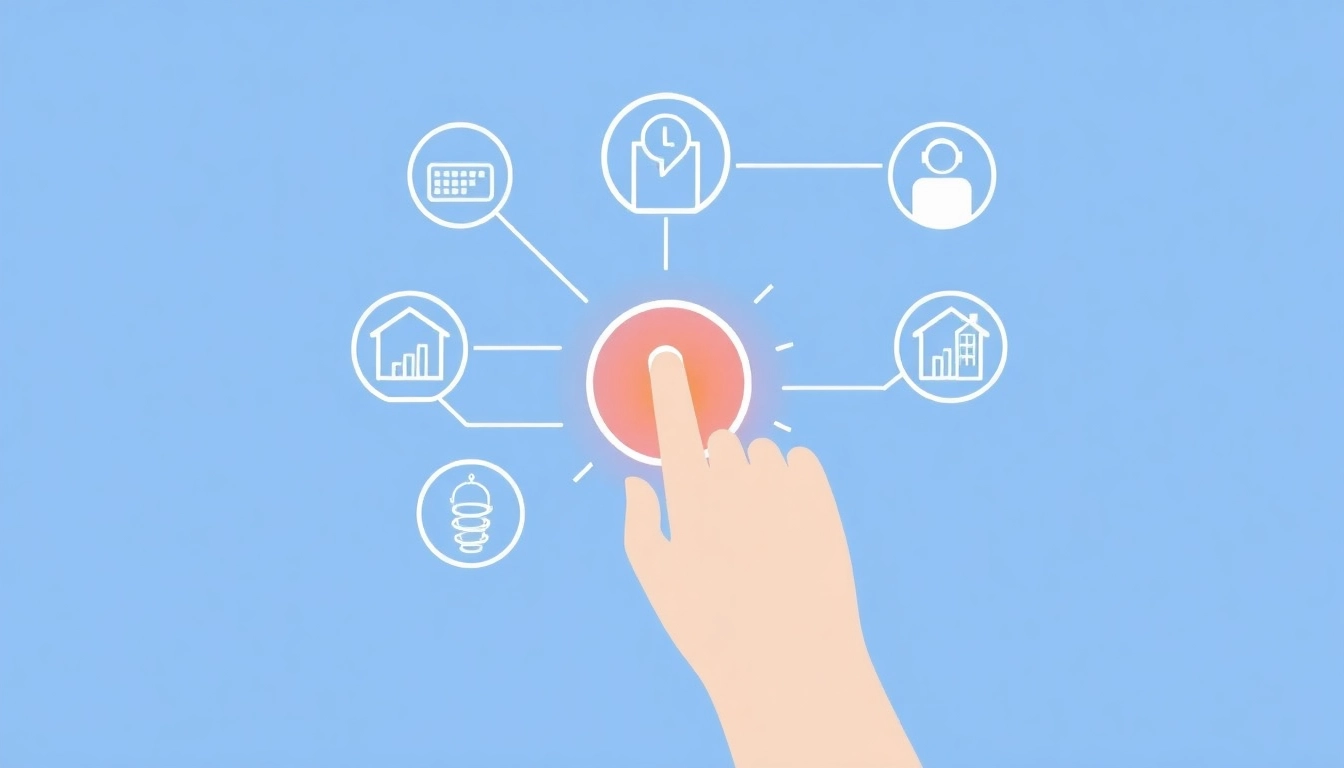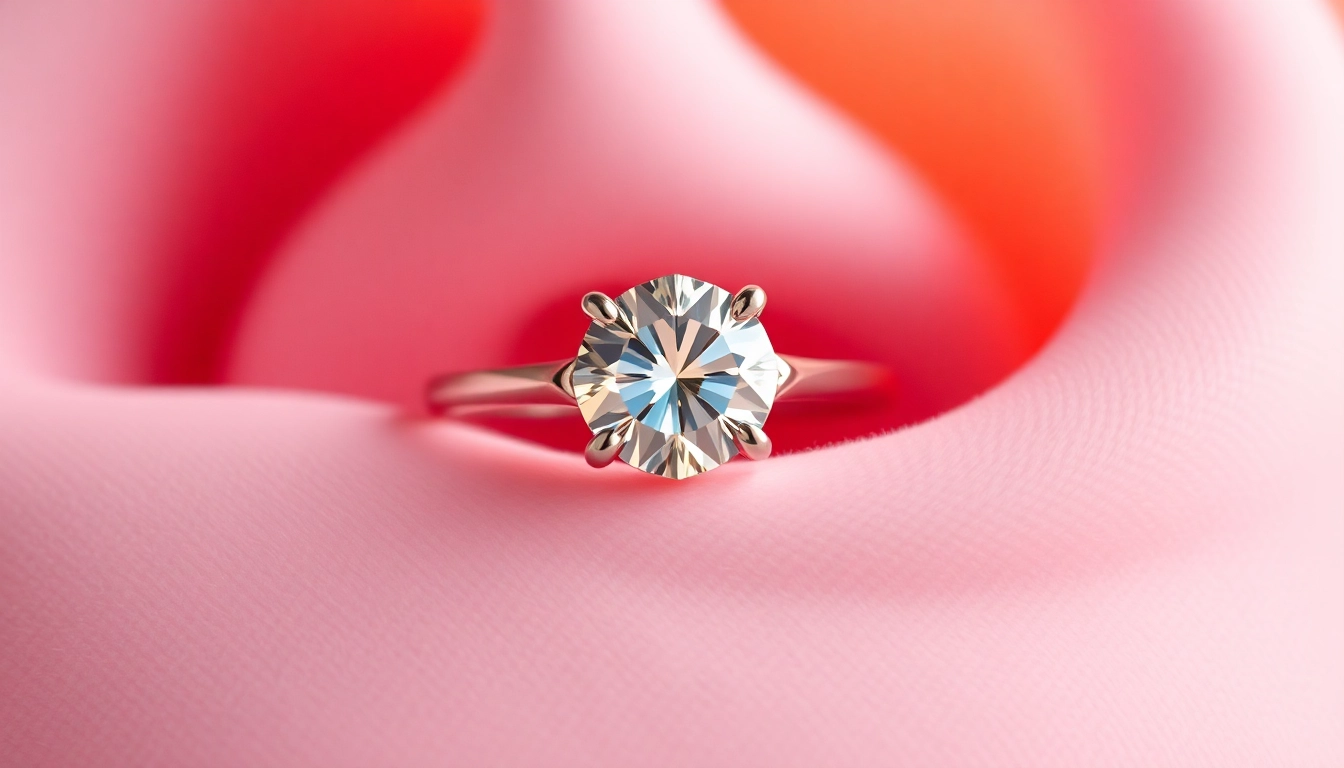The Essentials of a Hair Styling Kit
Discovering the right tools for hair styling can transform mundane daily rituals into exciting creative experiences. A well-equipped hair styling kit is the cornerstone of effortless, stunning looks—offering versatility, convenience, and the ability to achieve salon-quality results from the comfort of your home. In this guide, we will delve deep into the components, best practices, and innovative trends surrounding hair styling kits, ensuring you create the perfect toolkit tailored to your needs.
What to Include in Your Hair Styling Kit
Your ideal hair styling kit should include a range of tools and products tailored to your hair type, length, and styling preferences. Here are the essentials:
- Hair Dryer: A quality hair dryer is a must-have. Look for one with multiple settings, including heat and speed adjustments.
- Flat Iron: Perfect for achieving sleek, straight styles, a good flat iron with adjustable temperature settings can protect your hair during styling.
- Curling Iron: Essential for adding volume or creating waves, opt for a barrel size depending on the type of curls you want.
- Brushes and Combs: Different brushes serve various purposes—round brushes for volume, paddle brushes for smoothing, and combs for precision styling.
- Styling Products: These include mousse, sprays, gels, and creams tailored to your hair type to help hold styles in place and add shine.
- Hair Accessories: Clips, bands, and pins are invaluable for sectioning hair or securing styles.
Understanding Hair Types and Styling Needs
Understanding your hair type is critical for selecting the right tools and products:
- Straight Hair: This type can benefit from a good straightening iron, light styling creams, and serums to add shine without weighing it down.
- Wavy Hair: Wavy hair often requires a combination of heat styling tools and products that enhance natural texture.
- Curly Hair: Curls need moisture and defined products, such as curl creams or gels; consider a diffuser attachment for your hair dryer.
- Coily Hair: This hair type thrives on moisture, and protective styles are often recommended. Choose tools that minimize heat damage.
Taking your hair’s natural texture and behavior into account allows for a tailored approach to styling with optimal results.
Choosing the Right Tools for Different Styles
When it comes to creating specific styles, the right tools can make all the difference. Here’s how to choose wisely:
- For Sleek Styles: Use a high-quality flat iron, heat protectant spray, and a boar bristle brush for finishing touches.
- For Beach Waves: A medium barrel curling iron, sea salt spray, and texture cream are ideal.
- For Volume: Incorporate a round brush with your blow dryer and volumizing mousse to build body.
- For Updos: Hair ties, bobby pins, and a teasing comb will be your best friends in achieving intricate styles.
Investing in versatile, high-quality tools can elevate your styling game across various looks and occasions.
Best Practices for Using Your Hair Styling Kit
Getting the Most Out of Hair Styling Tools
Maximizing the effectiveness of your styling tools involves the right techniques:
- Prepping Hair: Use a heat protectant before styling to minimize damage.
- Sectioning Hair: Divide hair into manageable sections to ensure even styling and efficiency.
- Consistent Technique: Stick to a specific technique, especially with curling or straightening, to achieve uniform results.
- Experiment: Don’t hesitate to try different techniques for curls, volume, or sleek looks until you find what works for you.
Common Mistakes to Avoid
Avoiding common pitfalls can greatly enhance your styling efforts:
- Overusing Heat: Apply moderate heat settings rather than maximum heat to protect your hair.
- Skipping Products: Invest in good styling products that cater to your hair type and protect it from damage.
- Neglecting Regular Cleaning: Keep your tools clean by following manufacturer guidelines—dirty tools can transfer buildup onto your hair.
Maintenance Tips for Longevity
Maintaining your tools extends their lifespan:
- Regular Cleaning: Follow cleaning recommendations specific to each tool to maintain performance.
- Safe Storage: Store tools in a protective case or a dedicated area, unplugging them and ensuring they cool down.
- Check Cords: Routinely check for fraying or damage and replace any worn-out tools to ensure safety.
Innovative Trends in Hair Styling
Exploring New Hair Styling Techniques
The world of hair styling continually evolves, with new techniques emerging:
- Heatless Waves: Techniques such as braiding damp hair or employing roller sets are trending for reducing heat damage.
- Faux Bangs: Using hair pieces to create the illusion of bangs offers a temporary change without commitment.
- Textured Lob Styles: The bob cut remains popular, but adding waves or curls enhances its current trendiness.
Popular Products in Today’s Hair Styling Kits
Staying updated on trending products enhances your kit:
Popular items include:
- Texturizing Sprays: To create beachy waves and enhance volume.
- Serums with UV Protection: Protect color-treated hair from fading and environmental damage.
- Dry Shampoo: A lifesaver for extending styles between washes.
Eco-Friendly and Sustainable Options
More consumers demand environmentally conscious products:
Look for:
- Bamboo Brushes: Durable and biodegradable, bamboo has become popular in hair care.
- Refillable Containers: Choose products that come in refillable or biodegradable containers to reduce plastic waste.
- Natural Ingredients: Selecting products made from organic materials can be beneficial for both hair health and the environment.
DIY Hairstyles Using Your Kit
Step-by-Step Guides for Popular Styles
Creating stylish looks at home is easier than ever with dedicated methods:
Beachy Waves:
- Start with clean, dry hair and apply a sea salt spray.
- Section your hair and use a medium curling iron, wrapping 1-inch sections around the barrel.
- Leave some ends out for a more natural look and finish with a light-hold hairspray.
Classic Updo:
- Begin with brushed hair and gather it into a ponytail.
- Twist the ponytail and pin it into a bun, securing with bobby pins.
- Finish with hair spray to hold the style in place.
How to Customize Styles for Different Occasions
Tailoring your hairstyle to fit the occasion requires some adaptability:
- Casual Day Out: Soft waves or a loose braid can suit day outings perfectly.
- Work Environment: Opt for polished hairstyles like a sleek ponytail or a low bun to maintain professionalism.
- Special Events: Consider glamorous looks—like intricate updos or elegant curls—using additional accessories for flair.
Incorporating Accessories for Extra Flair
Adding accessories can elevate your style easily:
- Headbands: Great for maintaining hair away from the face while adding a pop of color.
- Hair Clips: Decorative clips can enhance simple styles while keeping hair secured.
- Scarves: Using a scarf can add color or pattern, making a simple ponytail chic and stylish.
Evaluating Your Hair Styling Results
Performance Metrics to Track Your Progress
Regularly assessing your styling can yield improved results:
- Style Longevity: Measure how long your styles hold up during the day.
- Product Effectiveness: Track which products enhance your styles and which don’t work for you.
- Hair Health: Monitor changes in your hair’s texture and sheen with different styling approaches.
Seeking Feedback and Adjusting Techniques
Gathering feedback can provide valuable insights:
- Ask Friends or Family: They can offer perspective on what styles suit you best.
- Consult Professionals: Consider periodic visits to hairstylists for expert advice and fresh inspiration.
The Impact of Professional Styling vs DIY
Understanding the difference between DIY styles and salon services aids in making informed choices:
Professional stylists often have access to high-end tools and techniques, enabling them to create intricate styles with ease. Conversely, mastering DIY techniques fosters independence and can be more cost-effective in the long run. Both approaches can complement each other; visiting a stylist occasionally can enhance your ability to replicate styles at home.



